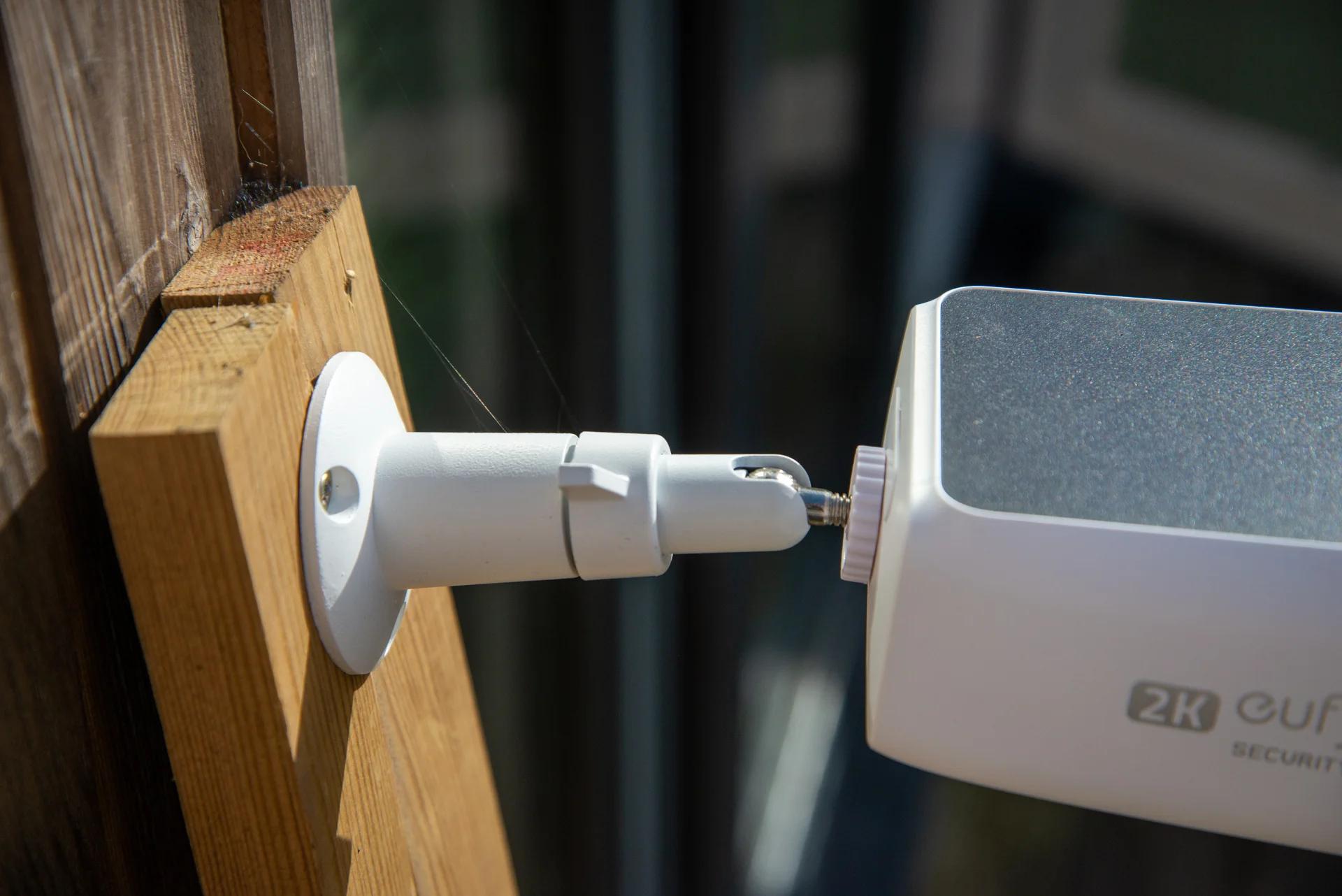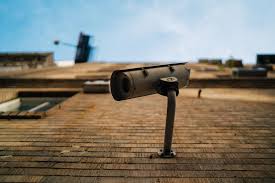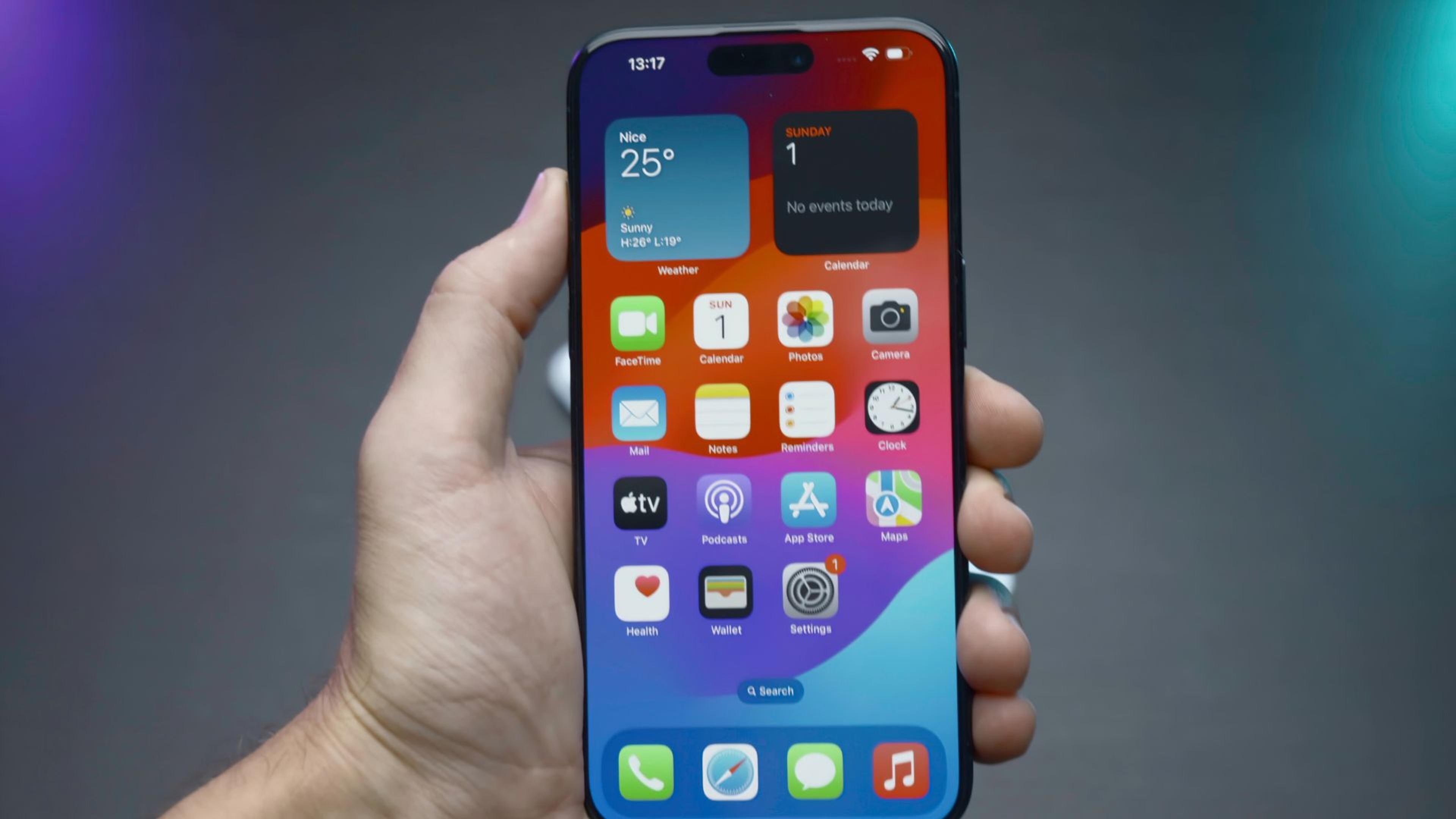Delves into the common issue faced by Vivint's home security system users – malfunctioning cameras within the accompanying mobile application. As an integral component of modern home security, the reliability of these cameras is paramount for users seeking peace of mind.
But this guarantee may be compromised by connectivity problems or technical hiccups, leaving users vulnerable and frustrated. This article provides troubleshooting advice and possible remedies while examining the underlying causes of Vivint camera app problems.
Users can regain confidence in their home surveillance system by addressing common issues such as network connectivity problems, software glitches, or hardware malfunctions.
Through clear and concise explanations, this article endeavours to empower Vivint users to troubleshoot and resolve camera issues efficiently, ensuring the continuous functionality of their home security setup.
What the Problem Comes in Vivint Camera's App
The user-friendly interface and smooth integration of the Vivint Camera App with the company's home security ecosystem have won accolades. Users have, however, reported running into problems that compromise their experience with home surveillance and the App's functionality.
One prevalent problem arises from connectivity issues, where cameras must establish a stable connection with the App, rendering live feeds inaccessible or delayed. This can stem from network instability, router configuration conflicts, or insufficient bandwidth.
Another common concern is software glitches, manifested in app crashes, freezing, or unresponsiveness. These issues may arise due to outdated app versions, compatibility issues with the device's operating system, or corrupted app data.
Users need help accessing advanced features or adjusting camera settings within the App, limiting their ability to customize their home security preferences effectively.
How Did We Solve it?
Identifying the Issue
The first step in resolving the problem with the Vivint Camera's App was to pinpoint the specific nature of the issue. We conducted thorough diagnostics to determine whether it was a connectivity issue, software glitch, or hardware malfunction.
Network Troubleshooting
For cases related to connectivity problems, we began by troubleshooting the network. This involved checking the Wi-Fi signal strength, ensuring the router was properly configured, and identifying potential interference sources. We recommended users relocate their cameras closer to the router or invest in signal boosters if necessary.

Software Updates and Maintenance
To address software-related issues, we advised users to update the Vivint Camera's App to the latest version available. Additionally, we recommended clearing the app cache and ensuring compatibility with the device's operating system. Users were encouraged to perform regular app maintenance, such as removing unnecessary data and restarting their devices periodically.
Hardware Inspection and Replacement
In cases where hardware malfunctions were suspected, users were instructed to inspect their cameras for any physical damage or signs of malfunction. If the issue persisted despite troubleshooting efforts, we facilitated contacting Vivint customer support for further assistance and potential hardware replacements.
Continuous Monitoring and Support
After the settlement procedures, we underlined the significance of continuing oversight and assistance. It was recommended that users test their cameras on a regular basis and report any difficulties that keep coming up quickly so that help can be provided in a timely manner. Additionally, we offered pointers to maximize camera efficiency and reduce upcoming disturbances to guarantee a flawless experience with home security.
Updating the App and Firmware
Updating the Vivint Camera's App and firmware is crucial for maintaining optimal performance and security of the home security system. Regular updates ensure that users can access the latest features, bug fixes, and improvements, enhancing overall functionality and user experience.
When updating the App, users should navigate to the respective app store on their device, whether it's the Apple App Store for iOS devices or Google Play Store for Android devices.
They should then locate the Vivint Camera's App and check for any available updates. Once identified, users can initiate the update process, which typically involves downloading and installing the latest version of the App.
In a similar vein, Vivint cameras' firmware has to be updated in order to fix any vulnerabilities, enhance interoperability, and maximize performance.

Users can usually initiate firmware updates through the Vivint app or the Vivint website by following the provided instructions.
By regularly updating both the App and firmware, users can ensure the continued reliability and effectiveness of their Vivint home security system.
Checking Your Wi-Fi Connection for the Camera
Ensuring a stable Wi-Fi connection is paramount for the functionality of Vivint cameras within the home security system. To check your Wi-Fi connection for the camera, follow these steps:
Positioning and Proximity: Ensure the camera is within range of your Wi-Fi router. The camera may need help maintaining a stable connection if it is too far away. Consider relocating the camera closer to the router to improve signal strength.
Signal Strength: To find out the signal strength in the area where the camera is located, go to the Wi-Fi settings on your device or use a Wi-Fi analyzer app. A strong, steady signal with little interference from nearby objects or barriers is the ideal situation.
Network Speed: Test the speed of your Wi-Fi network using a reliable internet speed test tool. A sufficient network speed is essential for transmitting high-quality video footage from the camera to the Vivint app without buffering or delays.
Router Configuration: Ensure your router is properly configured and optimized with Vivint cameras. This may involve adjusting router settings, such as enabling Quality of Service (quality of service) or prioritizing traffic for the camera devices.
Restart Router and Camera: Sometimes, the solution to a connectivity problem is to restart your camera and network. By removing them from the power supply, waiting a little while, and then connecting them back in, you can power cycle both devices.
How to Reset the Camera
- Locate the reset button on the camera. This is typically a small pinhole button.
- Insert a paperclip or similar tool into the reset button and hold it down for 10-15 seconds.
- Release the reset button once the camera's lights begin to flash or it emits a beep sound.
- Wait for the camera to complete the reset process, which may take a few minutes.
- Once the reset is complete, the camera will return to its default settings.
- Reconfigure the camera settings and reconnect it to your Vivint home security system as needed.
Tips to Prevent Future Vivint Camera Issues
To prevent future Vivint camera issues and maintain the integrity of your home security system, consider implementing the following tips:
Regular Maintenance: Perform routine checks on your cameras to ensure they are free from physical damage, dirt, or debris that could affect their performance.
Update Firmware and App: Stay updated with the latest firmware and app versions provided by Vivint. Regular updates often include bug fixes and security patches that can address potential issues.
Optimize Wi-Fi Signal: Ensure your Wi-Fi network is stable and reliable by strategically positioning your router and using signal boosters if necessary.
Power Cycle Periodically: Regularly cycling your cameras and router can help refresh their connections and resolve minor glitches.
Monitor Battery Levels: If your cameras are battery-powered, keep an eye on their battery levels and recharge or replace them as needed to prevent disruptions in monitoring.
Secure Network: Protect your home network with strong passwords and security protocols to prevent unauthorized access or interference with your cameras.
Can I use a different app for my security camera?
While Vivint provides its dedicated App for managing its security cameras, some users may wonder if they can use a different app for their cameras. In some cases, it may be possible to integrate Vivint cameras with third-party apps or platforms that support compatible camera models. However, this compatibility largely depends on the specific features and protocols of both the camera and the alternative App.
Users should carefully research compatibility requirements before attempting to use a different app and consult Vivint's support resources or customer service for guidance. It's essential to consider that using a non-supported app may result in limited functionality or potential security risks.

Some features that are exclusive to the Vivint app might not be available through other applications, such as customer support services and connection with Vivint's larger home security system.
Therefore, before making changes to their security camera configuration, users should carefully consider the advantages and disadvantages of each alternative App.
The Final Sentence
In summary, the problems with Vivint cameras and their app performance highlight the need for proactive upkeep and troubleshooting techniques to guarantee the dependability of home security systems.
By identifying common problems such as connectivity issues, software glitches, and hardware malfunctions, users can take steps to address these issues promptly. Updating the App and firmware, checking Wi-Fi connections, and resetting cameras can help resolve problems and prevent future disruptions.
Incorporating regular maintenance practices and staying vigilant about network security can further enhance the effectiveness of Vivint cameras and mitigate potential risks. While exploring alternative apps may be an option for some users, it's crucial to consider compatibility and security implications before making any changes.
Users may extend the life and functionality of their Vivint camera systems and maintain peace of mind about home security by being proactive and well-informed.
Frequently Asked Questions
Can I use my old security cameras on a new system?
Yes, you can often use old security cameras with a new system if they are compatible with the new system's technology. Check the specifications of both the cameras and the new system to ensure compatibility.
Can you still use Vivint equipment without monitoring?
Yes, you can still use Vivint equipment without monitoring, but with limited functionality. You won't have access to features like professional monitoring or remote access through the Vivint app, but basic camera and sensor functionality may still work.
What if my camera shows as offline on the app?
Check power, Wi-Fi, and network. Restart or reset network settings if needed.
Why is my Vivint camera's night vision not working on the app?
Check for obstructions, clean lens, and update firmware. Contact support if issue persists.
Why can't I view recorded footage from my Vivint camera on the app?
Ensure active subscription, check internet connection, verify recorded footage, and login credentials.
Can Vivint cameras be used with another system?
Vivint cameras are typically proprietary and designed to work specifically with the Vivint system. Using them with another system may require technical expertise and potentially void any warranties. Compatibility issues may arise due to proprietary protocols.
About Hamza Liaqat
Hamza Liaqat, our tech maestro, is a software engineer with a passion for cutting-edge technologies and experience of more than 7 years in tech industry. As the founder of DifferentDaily.com, he navigates the tech frontier, unraveling AI, Blockchain, and Web3 intricacies. Hamza's troubleshooting finesse and commitment to practical solutions make him your go-to guide for all things tech. Welcome to innovation, curated by Hamza Liaqat.


